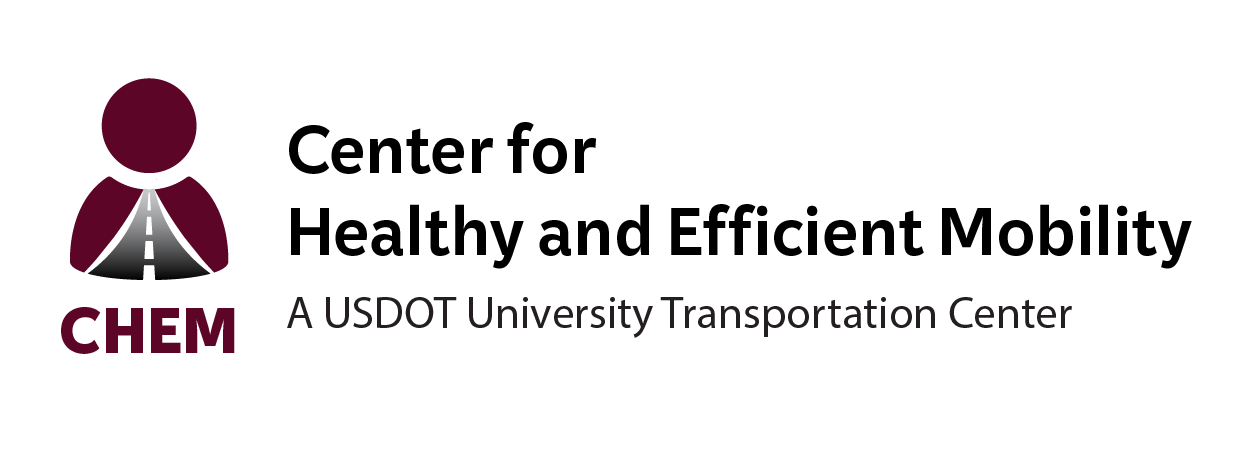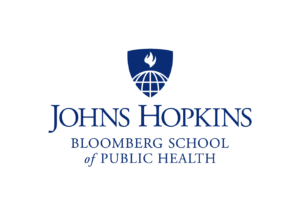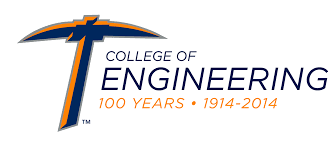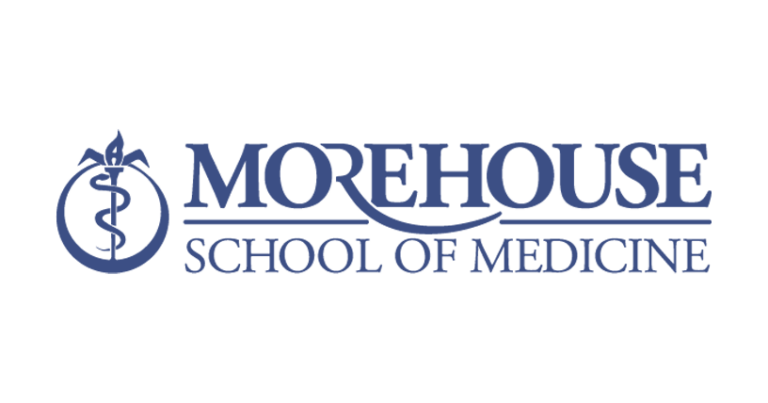Link to: Healthy People through SMART Infrastructure
The SMART Infrastructure Goals—developed as part of the Healthy People through SMART Infrastructure Initiative—focuses on planning transportation infrastructure in the United States that is Sustainable, Multi-modal, Accessible, Resilient, and Technological (SMART) with the goal of improving the health of society. The goals and outcomes focus on the planning phase of infrastructure development and are aimed at helping decision makers make informed decisions about infrastructure choices. The following is a brief description of the various components of the SMART Infrastructure Goals:
Sustainable:
Focused on the triple bottom line or three dimensions of sustainability (economic, social and environmental), now and into the future. Under this component we strive for the following outcomes:
- Safe infrastructure
- Path to zero emissions
- Carbon emissions reduction
- Environmentally friendly
- Economically sound
- Job creator
- Equitable and socially inclusive
Multi-modal:
Focused on a diversity of transportation modes to allow for choices between modes. Under this component we strive for the following outcomes:
- Address both urban and rural areas
- Allowing for transportation options and a variety of modes
- Improving supply chains
- Improving last mile deliveries
- Enhance public transportation options
- Enhance active transportation options
- Enhance the integration between active and public transportation
Accessible:
Focused on the ease of reaching destinations, activities and people. Under this component we strive for the following outcomes:
- Address both urban and rural areas
- Options to reach destinations
- Reduced travel time and congestion
- Affordability and equity
- Accessibility to jobs and essential services
- Improved ability to reach individuals in need
Resilient:
Focused on the ability to recover from a stressed situation. Under this component we strive for the following outcomes:
- Ability to anticipate a disruptive event
- Ability to rapidly absorb, adapt and recover from a disruptive events in an equitable manner
- Address backlog of transportation infrastructure needs
- Ability to envision a better future state than prior to a disruption
- Ability to handle pandemics in a equitable way
Technological:
Focused on the tools, methods and machines used to solve transportation problems. Under this component we strive for the following outcomes:
- Most appropriate technologies for transportation solutions
- Positive disruptive technologies
- Continued innovation
- Forward looking
- Ability to predict and mitigate unintended negative consequences




